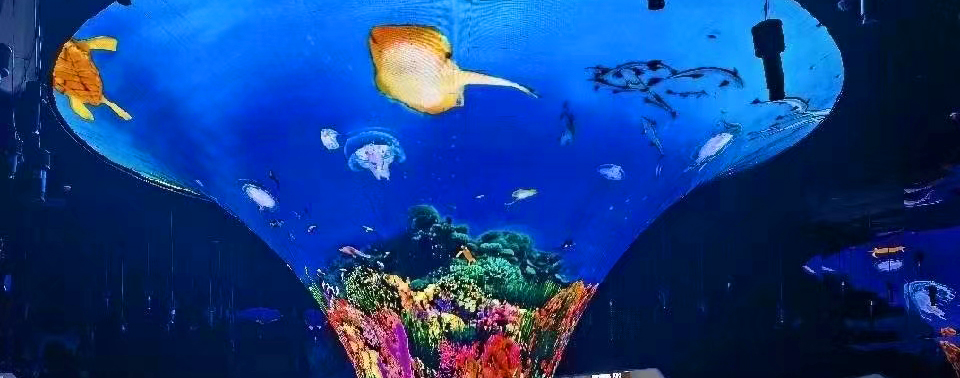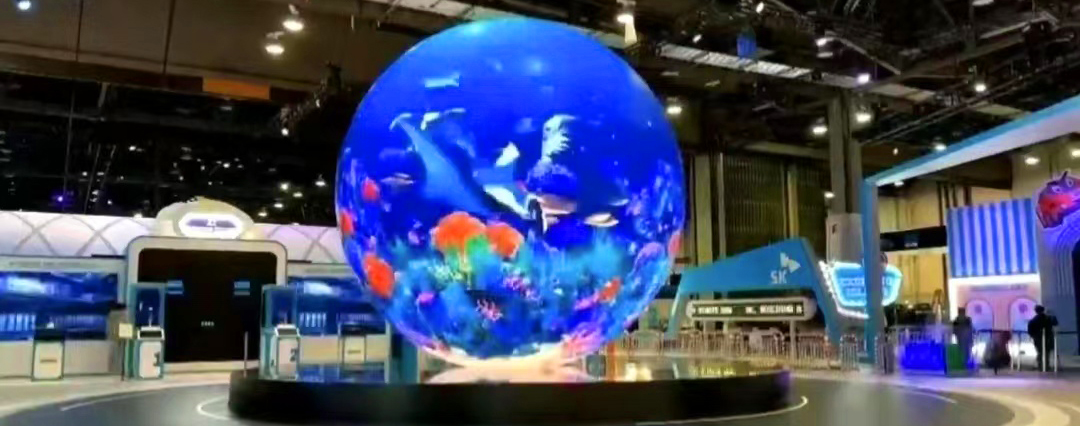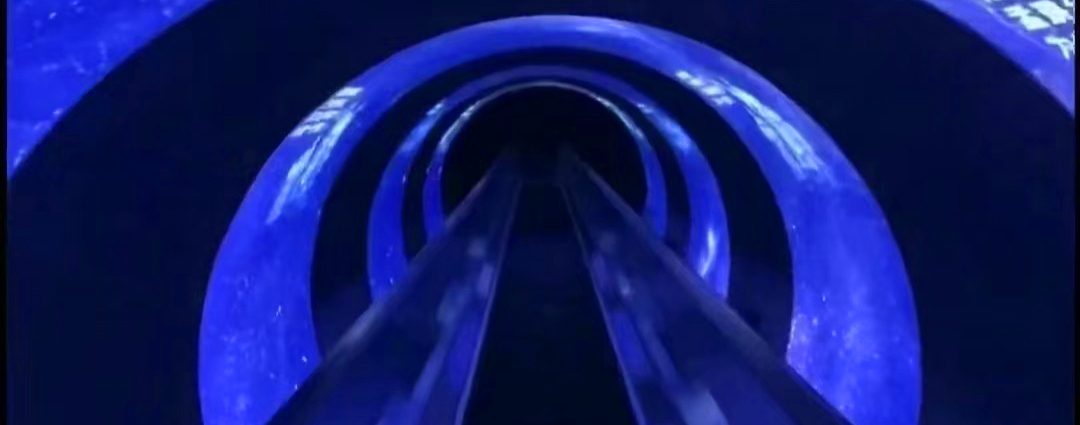Why Converting Indoor LED Display to Outdoor Use is Not Feasible
January 15, 2024
Some customers who initially purchased indoor LED display screens may consider converting them for outdoor use to save costs when the need arises. However, this idea is not practical, and LED display manufacturers provide clear reasons why this conversion is not recommended. Here are the key points to consider:
1. Brightness Limitations:
Indoor LED screens have lower brightness requirements with dynamic scanning circuits, while outdoor LED screens demand higher brightness levels with static scanning circuits, leading to significant hardware differences.
2. Waterproofing Constraints:
Indoor LED screens typically lack waterproofing features or have simple waterproofing treatments, whereas outdoor LED screens require high levels of waterproofing with waterproof treatments on cables and cabinets during production, resulting in structural differences.
3. Viewing Distance Restrictions:
Indoor LED screens are designed for close viewing distances, usually using models like P3, P4, P5, P6 for smaller areas within 15 square meters. In contrast, outdoor LED screens are intended for longer viewing distances, typically utilizing models like P10, P16, P20 for larger areas exceeding 30 square meters.
In summary, the differences in brightness, waterproofing treatments, and model selection between indoor and outdoor LED displays result in distinct hardware specifications from the production stage. Attempting to convert indoor LED screens to outdoor use would lead to inefficiencies and compromises in performance. Therefore, manufacturers advise against such conversions to ensure optimal functionality and longevity of LED display screens.







